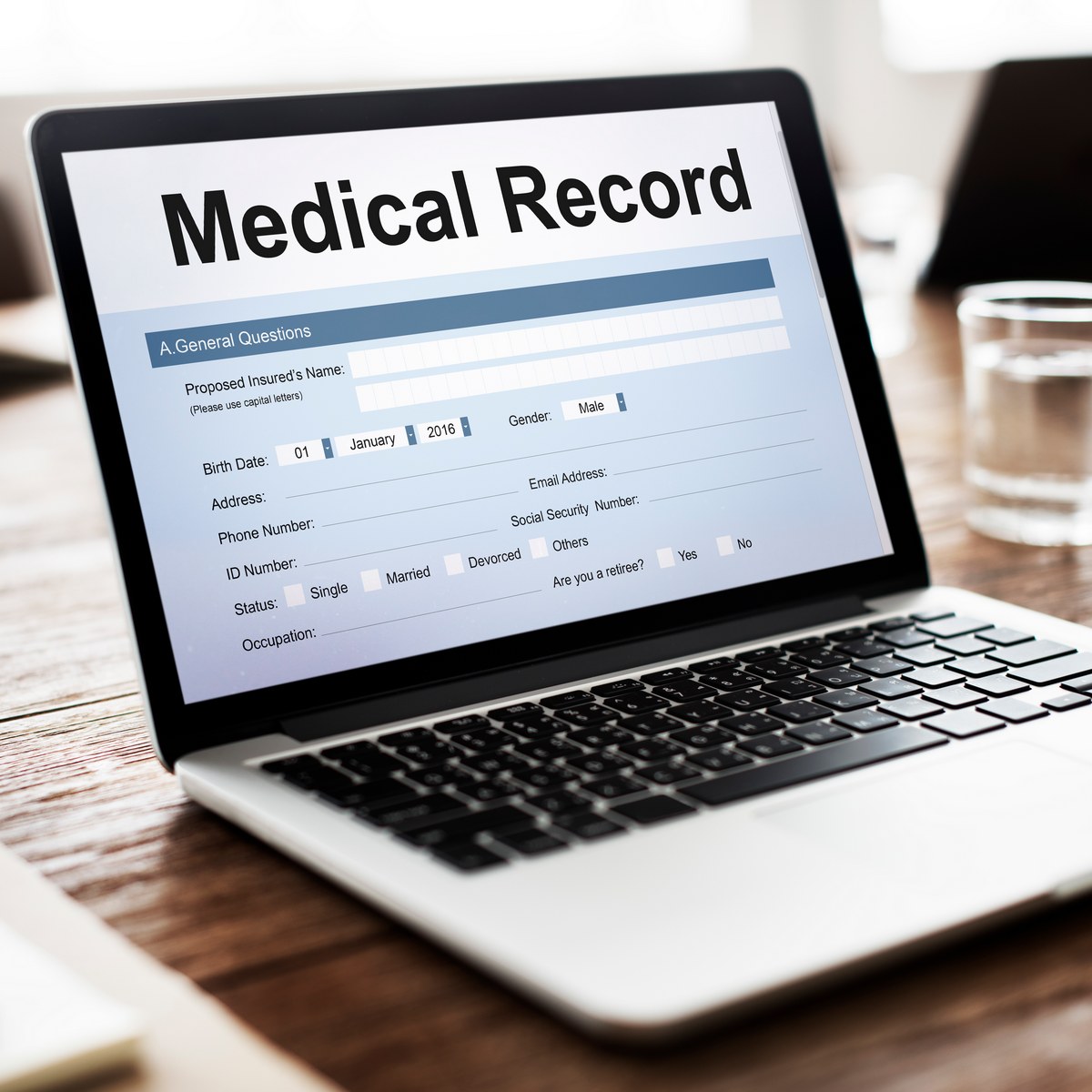In the rapidly evolving landscape of healthcare, Electronic Health Records (EHRs) have emerged as a game-changer, revolutionizing the way medical information is documented, accessed, and shared. This comprehensive guide explores how EHRs are reshaping the traditional practices of medical billing, streamlining processes, enhancing accuracy, and ultimately transforming the financial aspects of healthcare.
The Evolution of Medical Records And Medical Billing: From Paper to Pixels
EHRs mark a departure from the era of cumbersome paper-based medical records. The shift to digital records has overcome the challenges of lost documents, illegible handwriting, and delayed access to crucial patient data. This transformation lays the foundation for the integration of EHRs into the medical billing process.
Advantages of Electronic Health Records:
EHRs are not just digital repositories; they offer a multitude of benefits that extend beyond patient care. With EHRs, healthcare providers can effortlessly exchange patient information, leading to improved care coordination and reduced medical errors. This seamless data flow also plays a pivotal role in medical billing accuracy and efficiency.
- Direct Impact on Medical Billing: EHRs bring medical billing closer to the point of care. By recording patient diagnoses, treatments, and procedures in real time, EHRs provide a wealth of accurate and up-to-date data. This data acts as the foundation for billing processes, ensuring precise code assignments and reducing the likelihood of rejected claims.
- Efficiency Gains in Medical Billing: Efficiency is the cornerstone of modern medical billing, and EHRs excel in this domain. Automated coding suggestions, pre-populated templates, and the elimination of redundant paperwork accelerate billing workflows. This newfound efficiency translates into faster reimbursement cycles, boosting the financial health of healthcare facilities.
- Challenges and Solutions: While the benefits are clear, challenges such as interoperability and staff training may arise when implementing EHRs. To tackle these challenges, proactive measures like adopting standardized data exchange protocols and investing in comprehensive training programs can be instrumental in ensuring a smooth transition.
- Regulatory and Compliance Considerations: EHRs must comply with stringent regulations, especially those concerning patient data privacy and security. HIPAA regulations and other industry standards play a vital role in shaping EHR practices. By adhering to these regulations, healthcare facilities can ensure both the integrity of patient data and the accuracy of medical billing.
- Looking Ahead: Future Trends: The future of EHRs holds even more promise. Artificial intelligence (AI) is poised to play a greater role in medical coding assistance, harnessing the power of machine learning to suggest optimal codes for procedures and diagnoses. Predictive analytics will enable proactive revenue cycle management, anticipating potential billing challenges before they arise.
Conclusion
As we conclude this comprehensive guide, the transformational impact of Electronic Health Records on medical billing cannot be overstated. EHRs are driving accuracy, efficiency, and compliance within the financial realms of healthcare. As technology continues to evolve, staying abreast of these changes is imperative for healthcare providers and billing professionals, ensuring a seamless transition into a more digitized, efficient, and financially sound future.




